As Ankle bone is called a tarsal bone. It connects the foot with the lower leg.
What is the talus?
At the Ankle bone it is one of a total of seven tarsal bones. It's also under the names Talus or Roll leg known. The talus creates a connection between the human foot and the lower leg. It also contributes to the upper and lower ankle.
The upper ankle (Articulatio talocruralis) encompasses the ankle roll from the malleolar fork (Trochlea tali). This allows the foot to be lowered by around 20 to 30 degrees. Inside the lower ankle (Articulatio talotarsalis) there is an interaction between numerous tarsal bones, in which the talus is also involved. This allows the foot to be rotated 30 to 50 degrees both inward and outward.Anatomy & structure
Anatomically, the talus is located between the calcaneus (Calcaneus) and the ankle fork (malleolar fork). Together with the bones, the talus forms joints. These are the upper and lower ankle joints. The talus is composed of a body, the Corpus tali, and an ankle bone head (Caput tali) and a neck (Collum tali). The talus roll can be found on the top of the talus. If the talar roll is viewed convexly, the anterior curvature turns out to be greater than the posterior curvature. However, when viewed from the front, there is a concavity.
The trochlea tali is arched in the middle. As a result, it adapts to the protrusion of the end of the shin. In this way, the shin roll is further secured within the ankle fork. The trochlea tali is a little narrower on the posterior side. It is also less arched. This allows more tilting movements in the upper ankle when the foot is flexed. On the front side, the ankle roll is slightly wider than the ankle fork. This ensures that it fits securely, which results in a high degree of stability of the upper ankle joint in a normal position.
A comma-shaped joint surface can be found in the center of the talus roll. This is called Facies malleolaris designated. The articular surface forms the starting point of the Lateral malleolar process. The joint surface for the outer ankle is located in the area of the ankle roll. This is as Facies malleolaris lateralis known and has the shape of a triangle. On the outside of this area, the Processus lateralis tali. Another joint surface forms the Facies articularis naviculariswhich is located on the head of the talus. It represents the articular surface of the navicular bone (Navicular bone). The ball head is also located there within the concave navicular joint surface. This is how the talonavicular joint is created. The articular surface is part of the anterior part of the lower ankle. On the back of the talus is that Processus posterior tali to find, which is a pronounced process. It is divided by a channel. The tendons of the big toe flexor run through this. The underside of the talus has three articular surfaces. These are in contact with the calcaneus. The three faces are called Facies articularis posterior, Facies articularis calcanea media and Facies articularis calcanea anterior designated. Between 3 to 15 percent of all people also have a small bone at the rear end of the talus. This is the Os trigonumthat has an oval or rounded shape. It lies on the rear edge of the talus. In most people, however, this bone is not discovered in the first place.
Function & tasks
The ankle bone has the function of connecting the foot to the lower leg. It is also involved in the interaction between the different tarsal bones, which allows the foot to move on the inside and the outside.
Illnesses & complaints
Various impairments can occur on the ankle bone. These are primarily misalignments and injuries. Typical malformations of the ankle bone include fusions (synostoses) with the heel bone or tarsal coalitions. A cleft talus occurs rather rarely. This is a congenital split within the talus.
A talus obliquus and a talus verticalis are considered misalignments. A possible injury to the ankle bone is the talus dislocation (dislocation). This leads to a displacement of the ankle joint surfaces. The cause of the dislocation is usually a considerable amount of force. The injury, which often occurs from falls from a great height, can show up on the upper as well as the lower ankle. A dislocation of the ankle bone becomes noticeable due to restricted mobility and swelling.
It is not uncommon for changes in the shape of the ankle to occur. The ankle bone must be straightened for effective therapy of talar dislocation. Relief of the ankle is also recommended for 4 to 6 months. In addition to a dislocation of the ankle bone, its fracture is also possible. However, fractures of the ankle bone are rare. They only make up 0.3 percent of all bone fractures.
The proportion of broken feet is around 3.4 percent. A fracture of the ankle bone is caused by significant compression. In addition to restricted movement and swelling, a bruise above the ankle joint is typical of an injury of this type. Surgical intervention is often required to treat the fracture. If there is no direct involvement of the joint in the injury, a three-month immobilization can also take place.

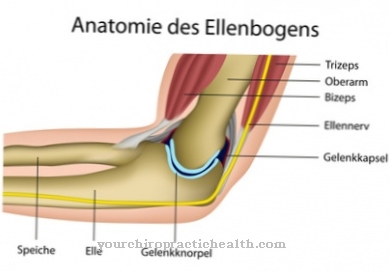

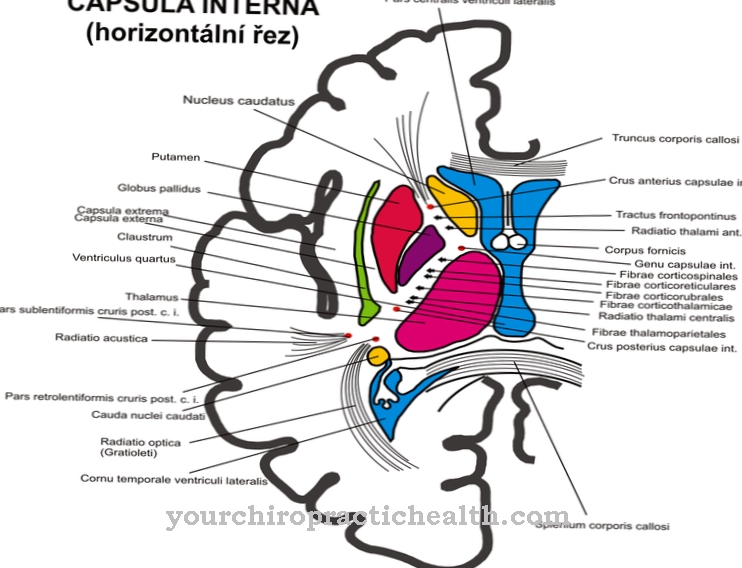
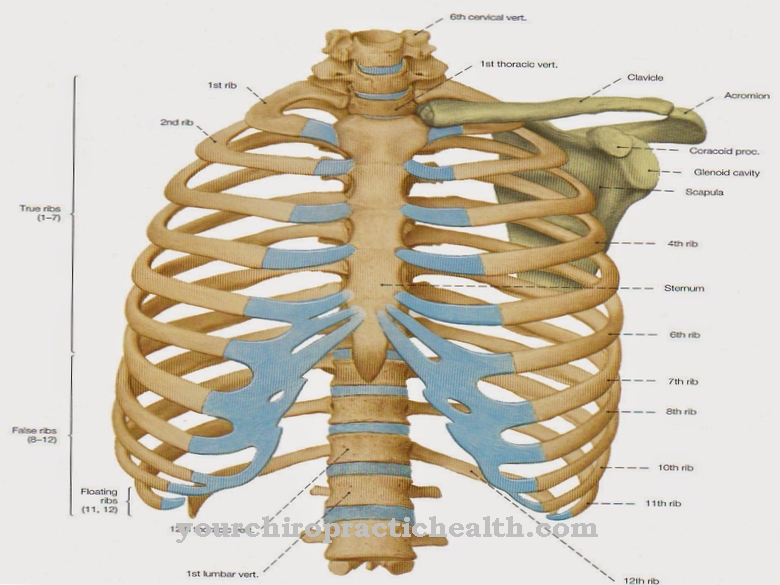
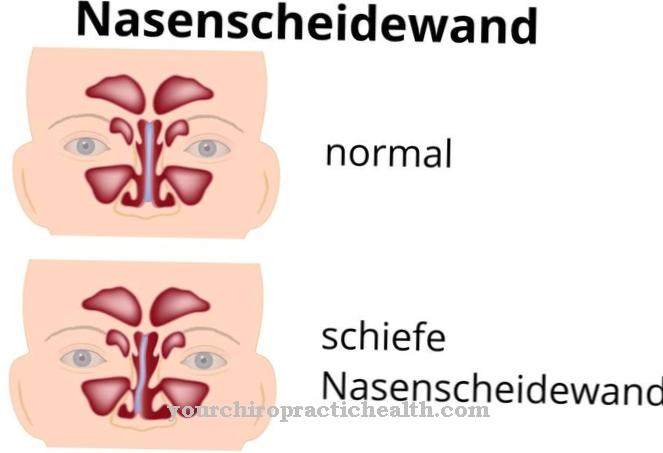
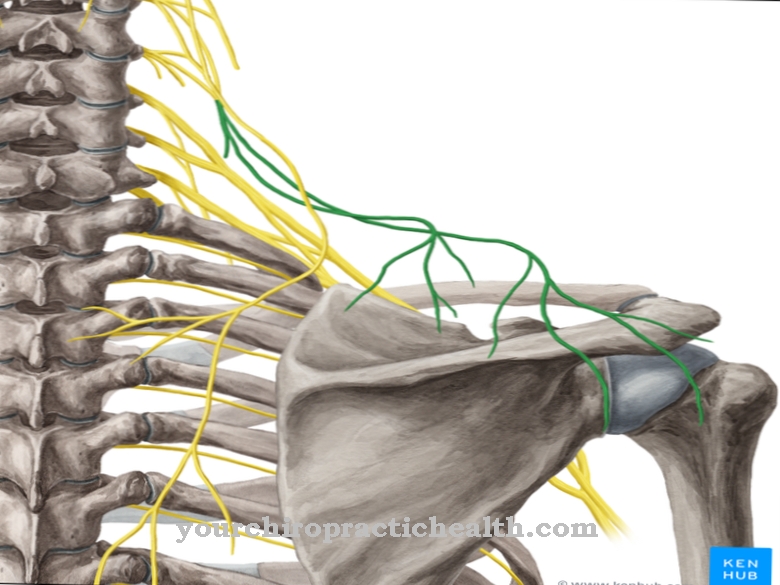






.jpg)

.jpg)
.jpg)











.jpg)